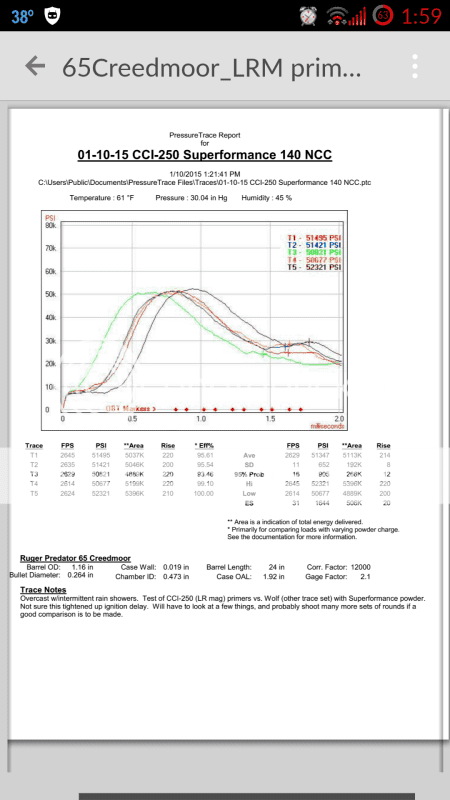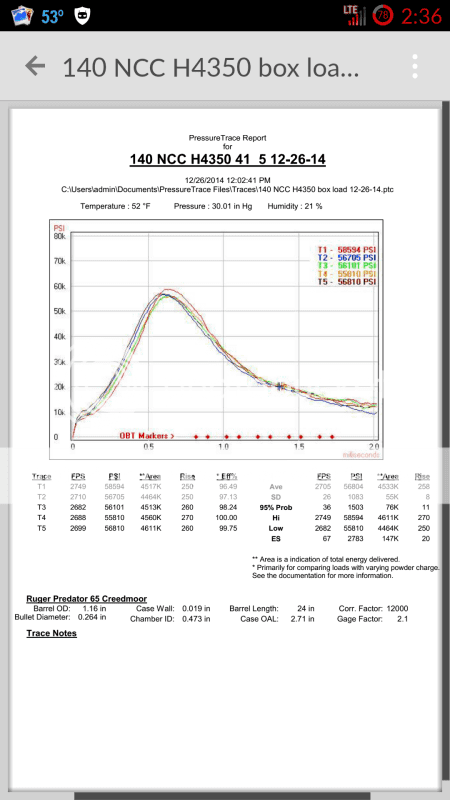I would ask which is more complicating to the point of knowledge:
A) telling someone all ball powders stink, and powders that are identical, give different results, from"personal experience".
B) Saying that it is application specific.
For extruded, read #7
http://www.accuratepowder.com/faq/
Where you can read some of Denton's work:
https://www.shootingsoftware.com/tech.htm
A little testing from GD, larger temps than Hodgy uses btw:
http://www.dtic.mil/ndia/2010armament/WednesdayCumberlandSteveFaintich.pdf
My own:
This was part of a chamber soak test we did in a Hawkeye, chambered in Creedmoor a couple years back. As you know, cooking in a chamber is about the worst thing you can do for affecting the pressures/burn rate. We used a calibrated Pressure Trace II strain gauge, on the same rifle, for all of these.
Devil ball powder, Vs. Extreme Hotness
Now you will note, we had some ignition timing issues with that lot of Superformance. That particular lot was @ 12% different than the lot tested by Hornady. Subsequent lots which were faster and more in line with expectations, didn't have that issue. they are "cleaner" looking, but the same outcome, and these were handier to post. Since Hodgy refuses to list nominal specs for anything, don't know if that is "normal", but was different than the other 16#.
In any case, note the ES in both velocity and pressure, between the two powders.
The Extreme darling, is a good powder in the Creedmoor. So is Superformance with that wild progressive burning curve. Is ball powder temp sensitive? It depends, like I said all along. In the Creedmoor, shooting 140gr bullets, Superformance is "better" than H4350.
We also tested the hype around the FlatLine bullets and getting pushed faster, "with no extra pressure".... Yeah, it's bogus too.


